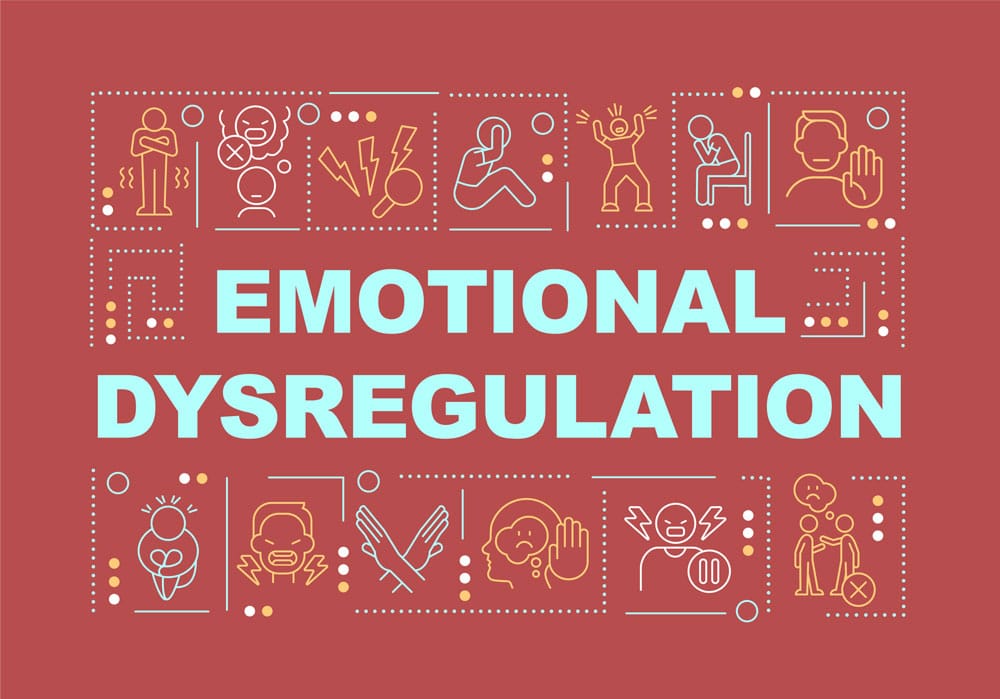By Wesley Gallagher
Fight, flight, or freeze. You’ve probably heard this phrase before, most likely referring to what humans do if we run into a bear or encounter an intruder in our home. You might even know, based on experience, which one you’re most likely to do in a stressful situation.
Our nervous systems were built to help our bodies respond appropriately to distress to keep us safe. If we are threatened or in danger, our sympathetic nervous system activates the fight or flight response, ramping up hormones that give us the ability to take quick action.
For most people, after the threat has passed, the parasympathetic nervous system kicks in to bring our stress levels back down to normal. When we need to be in a state of arousal to respond to stress, we can be. And when we aren’t in distress, our nervous system keeps us calm.
How Does Trauma Change Your Nervous System?
Trauma is one type of distress that can activate the nervous system. Whether a single traumatic event like a natural disaster, or ongoing trauma such as abuse, trauma triggers our stress response, and unfortunately, it can permanently alter how the nervous system functions.
Whether a single traumatic event like a natural disaster, or ongoing trauma such as abuse, trauma triggers our stress response, and unfortunately, it can permanently alter how the nervous system functions.
According to a study published in the Journal of Psychopharmacology, Dan Siegel’s window of tolerance model of autonomic arousal proposes that we have a range of optimal arousal where we can tolerate emotions and integrate experiences. On either side of the window of tolerance are states of emotional dysregulation: hypoarousal and hyperarousal.
Trauma can lessen your ability to remain inside your window of tolerance, causing you to spend most of your time in a state of hypo- or hyperarousal. Your nervous system may start to view nonthreatening situations as dangerous or be triggered by anything that reminds you of the trauma you’ve experienced. In essence, trauma can leave your body constantly ready for danger.

What is the Difference Between Hyperarousal and Hypoarousal?
Hyperarousal and hypoarousal are both states of emotional dysregulation, but on opposite ends of the spectrum. While they cause the body and brain to perform very different actions, they are both triggered by the stress response. As the memory of trauma remains in the nervous system, it tells the body to react as if it is being threatened, and this can lead to either hyperarousal or hypoarousal.
Hyperarousal is caused by an overactive sympathetic nervous response, resulting in the following types of symptoms:
- Hypervigilance
- Fear
- Anxiety
- Reactivity
- Racing thoughts, nightmares, flashbacks
- High-risk behavior
- Trouble sleeping
- Easily startled
- Irritability or anger
Hypoarousal is due to an overactive parasympathetic nervous response, with symptoms including the following:
- Numbness or emptiness
- Dissociation or the inability to think
- Feelings of helplessness or hopelessness
- Shutting down emotionally
- Depressed mood
Both hypo- and hyperarousal can be indicators of post-traumatic stress disorder (PTSD), a mental health disorder that can develop after a traumatic event. According to the National Institute of Mental Health, PTSD is characterized by long-term symptoms of re-experiencing (flashbacks, nightmares, etc.), avoidance (of places or reminders of the trauma), arousal (hypo- or hyperarousal), and both cognitive and mood changes. While not everyone who experiences trauma will develop PTSD, it is a serious disorder that should be treated by a professional.
As the memory of trauma remains in the nervous system, it tells the body to react as if it is being threatened, and this can lead to either hyperarousal or hypoarousal.
How to Treat Hypo- or Hyperarousal and Trauma
Fortunately, if you are experiencing the effects of hypoarousal or hyperarousal and trauma, there are measures you can take to help your nervous system work as it should. To increase your window of tolerance and improve your emotional regulation, try some of the following:
- Get adequate rest
- Eat well and drink plenty of water
- Exercise regularly
- Take time to relax
- Pay attention to your body for signs of stress
- Be mindful of triggers and your response to them
If you find yourself in a moment of feeling dysregulated, try these tools to return to your window of tolerance:
- Deep breathing
- Exercise
- Listen to music
- Think on positive affirmations
- Use sensory equipment like a weighted blanket
- Practice grounding techniques (like noting what you see, hear, smell, etc.)
Trauma-informed therapy is an essential aspect of getting to the root of symptoms of hypo- or hyperarousal. Therapies that help address PTSD and its symptoms include the following:
- Cognitive behavioral therapy (CBT)
- Exposure therapy (ET)
- Eye Movement Desensitization and Reprocessing (EMDR)
If you or a loved one is dealing with the effects of trauma, we at The Meadows offer a range of therapies that are proven to address not only symptoms of mental health disorders, but the underlying trauma that causes them. Our highly trained professionals will work with you to get to the root of whatever you are experiencing, leading not just to reduction of symptoms, but to lasting, holistic healing. Reach out today to learn more.

